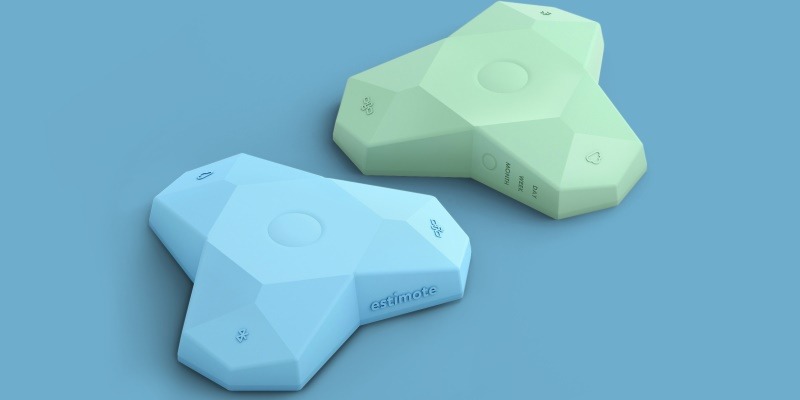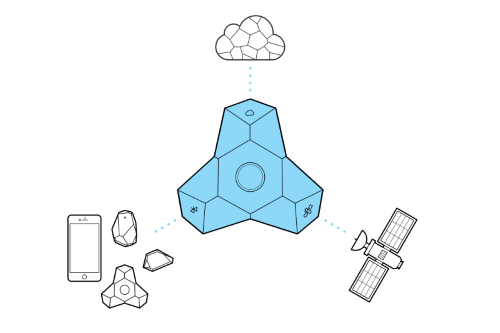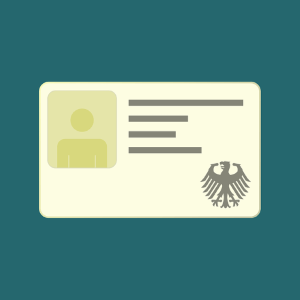
IoT is much more than the gadgets we have in our homes; it’s quickly making a foothold in our city life as well. Of course, we don’t have self-driving cars and automated emergency services just yet, but the changes are developing over time.
One of the ways IoT is spreading to the high street is via beacons, simple little devices that can help make stores more interactive with the phones in our pockets. If they take off, it’s not unreasonable to find one in every major store in the high street!
What Are Beacons?

Beacons are small devices that broadcast a signal ten times a second. These run off of Bluetooth Low Energy, so they don’t take up a lot of electricity to do so. Once they’ve started up, they can be left alone to broadcast their signal around a store or establishment.
As to what the beacon is broadcasting, it’s nothing too interesting at first glance. All a beacon does is repeat its ID number over and over again to Bluetooth-enabled devices in the perimeter. Should a device with Bluetooth turned on enter the beacon’s range, it’ll receive the ID number of that beacon.
What Do ID Numbers Do?

Not a lot by themselves! If a phone enters a beacon’s range and isn’t set up to handle the ID being broadcast, nothing will happen. Things change, however, if the user’s device does have some way to interact with the ID. When that happens, the beacon’s signal activates software on the phone in a specific way.
Let’s say there’s a fast-food chain called Burger Rocket that you love. Burger Rocket decides to add beacons in its stores to better interact with their customers. When you enter a beacon-equipped store, your phone receives the beacon’s ID as it’s being broadcast. Right now, your phone has no way to interact with it, so it’s “ignored.”
Burger Rocket thought of this, and puts up posters that advertise the official app, where you can find the hottest new deals. You download the app to see what the fuss is about. The app has been programmed to look out for Burger Rocket beacon ID broadcasts.
Now that you have the app, your phone registers the ID broadcast and matches it to the Burger Rocket app. You get a notification advertising 2-for-1 on select burgers via the app. From then on, every time you walk into or near a Burger Rocket store, your phone will receive the ID and display content via the official app on the latest news and deals.
How Will this Change Daily Life?

Beacons are useful because they never change the ID they broadcast. All the ID does is prompt the app to fetch content from a specific location. Should the store owner want to change the deals on offer, they just have to edit it on their servers without having to touch the beacons whatsoever. This makes for easier, more rapid distribution of ads and offers via these apps.
It’s not just for sales, though. There are other ways beacons can be used around the city. Beacons can be placed in museums as an additional info point. Museums can offer an app that users download, which keeps an eye out for beacon IDs. When it detects a specific exhibit’s beacon’s ID, it displays the information about the exhibit on the app with photos and videos to accompany it.
Basically, beacons allow companies and organisations to beam information to your phone without you having to do anything. All you need to do is install the app the business provides, and your phone will automatically give you information on deals and details when you enter the store.
Beacon Benefits
With beacon technology making a good foothold on the IoT world, it may only be a short time until we see major stores adopt this technology around the world.
Do you think beacons will be a blessing or an annoyance? Let us know below.











